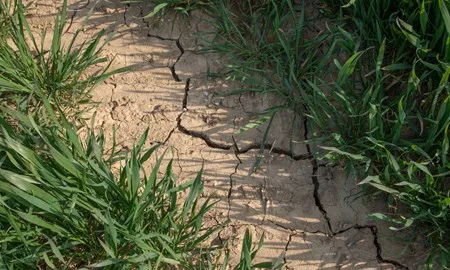
The overall aim of improving soil health is to reduce agronomic problems and have better performing crops. Farmers, agronomists and researchers at a Farmers Weekly / Bayer Soil Roundtable identified these five cropping tips when improving soil health.
Author
| 26th November 2020Five cropping tips when improving soil health
1. Improve yields on headlands
Headlands often see the biggest yield gain when soil health improves because they become less prone to compaction. Firstly, better soil is inherently more resilient to compaction. Secondly, the soil requires less work to produce a seedbed so headlands are travelled and turned on fewer times. The net effect of this is that average farm yield improves by boosting low performing areas.
2. Make sure seed is covered when direct drilling
Even where cultivation is still being used, a lot of systems which are focused on improving soil health will do some direct drilling. Making sure seed is covered with soil is essential to crop performance. Ideally, the slot should close after the drill but this isn’t always the case but lightly straw-raking the surface to move a little soil into the slot can achieve the necessary seed to soil contact.
3. Cover crops are important but there is still much to learn
Few topics generate as much discussion as cover crops. Undoubtedly, covering bare ground over winter protects soil from erosion, promotes biological activity and improves organic matter. The debate is around what crops to use, how to manage them and how it interacts with weed control. With so many different options, farmers need to test things for themselves to learn what works well within their system.
4. Allow black-grass to germinate within the cover crop
A cover crop ahead of a spring crop is now a more common cultural control on farms fighting black-grass. Chris Martin of Agrovista explained that at the Project Lamport trials, having an open cover crop which allowed weeds to germinate was giving much better long-term black-grass control than a dense ‘smothering’ cover crop.
5. Check input requirements
A potential long-term benefit of improved soil health is reduced input requirements. Fertiliser demand can drop because of better nutrient cycling in the soil. In addition, healthier crops can be less vulnerable to pest, weed and disease pressures.